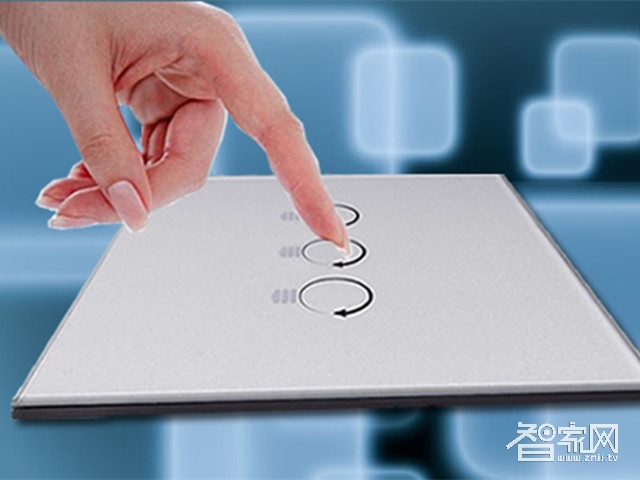Traditional switches have evolved from simple pull-and-pull rope switches to rocker switches, and now smart switches are gaining popularity. These modern devices can connect to mobile apps, allowing you to control all your lights remotely, making your home safer and more convenient. But what types of smart switches are available, and how can they be used in everyday life?

Types of Smart Switches
1. Power Line Carrier (PLC) Switch: This type of switch uses the existing electrical wiring to transmit signals. It requires a codec for communication, but the power lines can cause interference, leading to instability and occasional loss of control. Additional equipment like wave traps and filters may be needed, which increases the cost. A complete system typically ranges from 20,000 to 50,000 yuan.
2. Wireless Switch: Wireless switches use RF technology (such as 433MHz or 315MHz) to send signals. However, they can be affected by radio interference, making their frequency unstable. Each device needs a unique code, which makes setup complicated and maintenance tedious. In larger homes with many lights, this can lead to a cluttered remote control with numerous buttons. Moreover, wireless systems may not last as long due to high-frequency limitations, and installation on multiple floors can cause significant interference. A full system usually costs between 5,000 and 50,000 yuan.
3. Bus Control System: This method uses fieldbus technology to transmit signals through dedicated cables, offering strong stability and resistance to interference. Early bus systems were centralized, meaning all wiring led back to a central controller, which could become a single point of failure. Modern distributed fieldbus systems, however, provide better security and reliability—each node operates independently, so one failure won’t affect the whole system. These systems support multi-point, group, and individual control, making them ideal for complex setups.
4. Single FireWire Control: Similar to GSM technology, this type of switch has built-in transmitters and receivers, and it uses a single wire for control. Installation is straightforward, just like traditional switches. However, it lacks network-based control features, which limits its functionality compared to other options.
Compared to regular switches, smart switches offer greater convenience, energy efficiency, and environmental benefits. They are easy to install, don’t require rewiring, and can replace old switches without damaging your home’s decor. Whether you're looking to upgrade your lighting system or improve home automation, smart switches are a great choice.
Related Suggestions:
Article: How to Choose the Right Smart Switch
Recommended: How Smart Locks Work – A Guide to Henan Smart Locks
The method of wax loss originated in the Spring and Autumn Period. The bronze ban of the Spring and Autumn Period unearthed from the Chu Tomb no. 2 of Xiasi in Xichuan, Henan province is the earliest known wax loss casting. The four sides and sides of the bronze ban are decorated with carved moire pattern. There are 12 vertical carved animals around the bronze ban, and 10 vertical carved animal feet under the bronze ban. The carving patterns are complicated and changeable, and the shape is gorgeous and solemn, which reflects that the wax loss method has been relatively mature in the middle of spring and Autumn period. After the Warring States, Qin and Han dynasties, the wax loss method became more popular, especially during the Sui and Tang dynasties to the Ming and Qing dynasties, the wax loss method was mostly used in casting bronzes.
Investment Casting,Lost Wax Casting,Steel Investment Casting,Stainless Steel Investment Casting
Tianhui Machine Co.,Ltd , https://www.thcastings.com